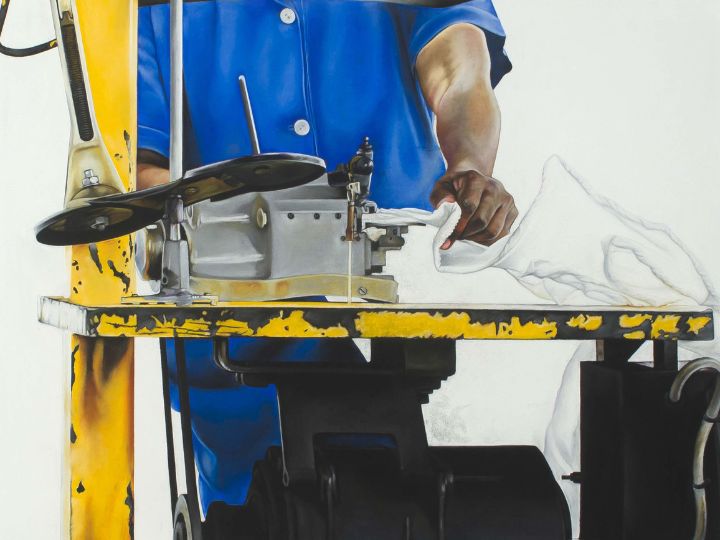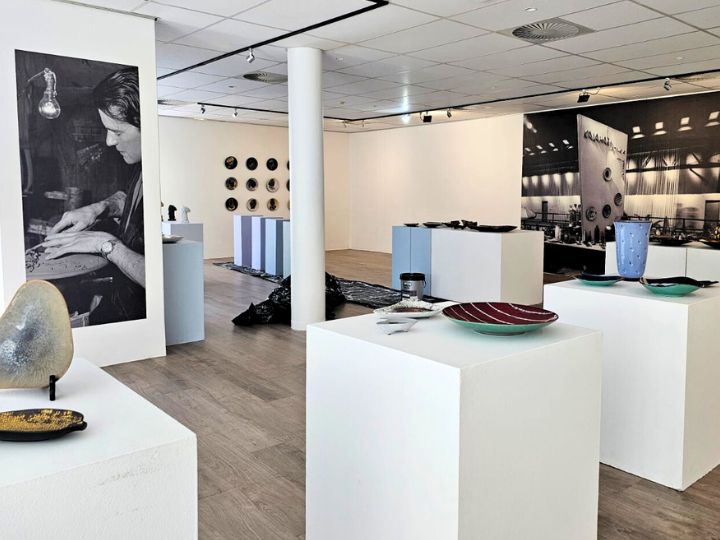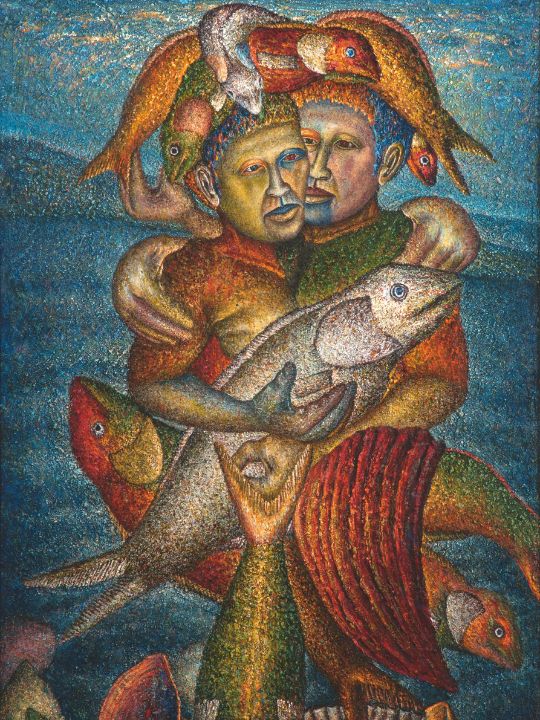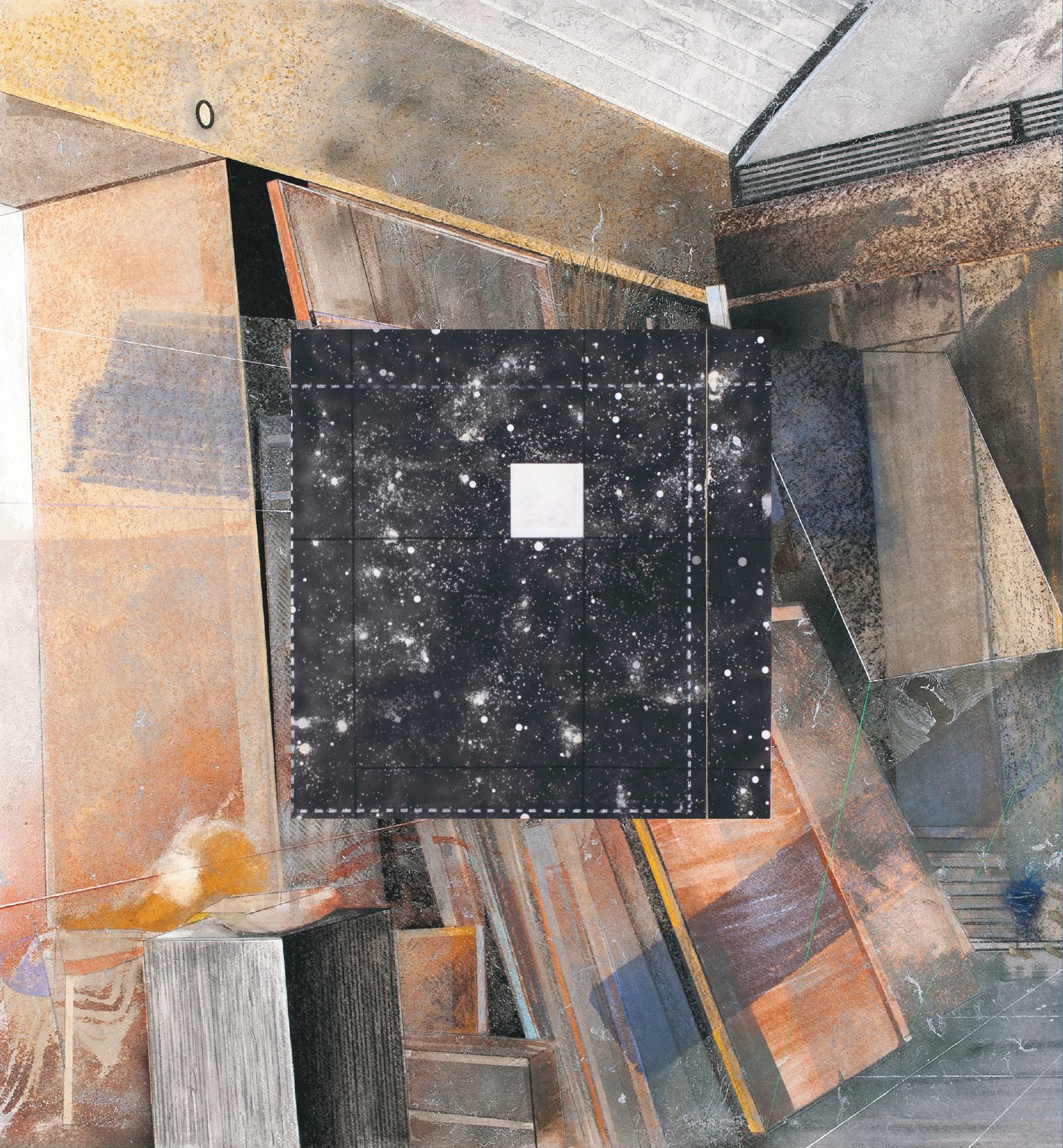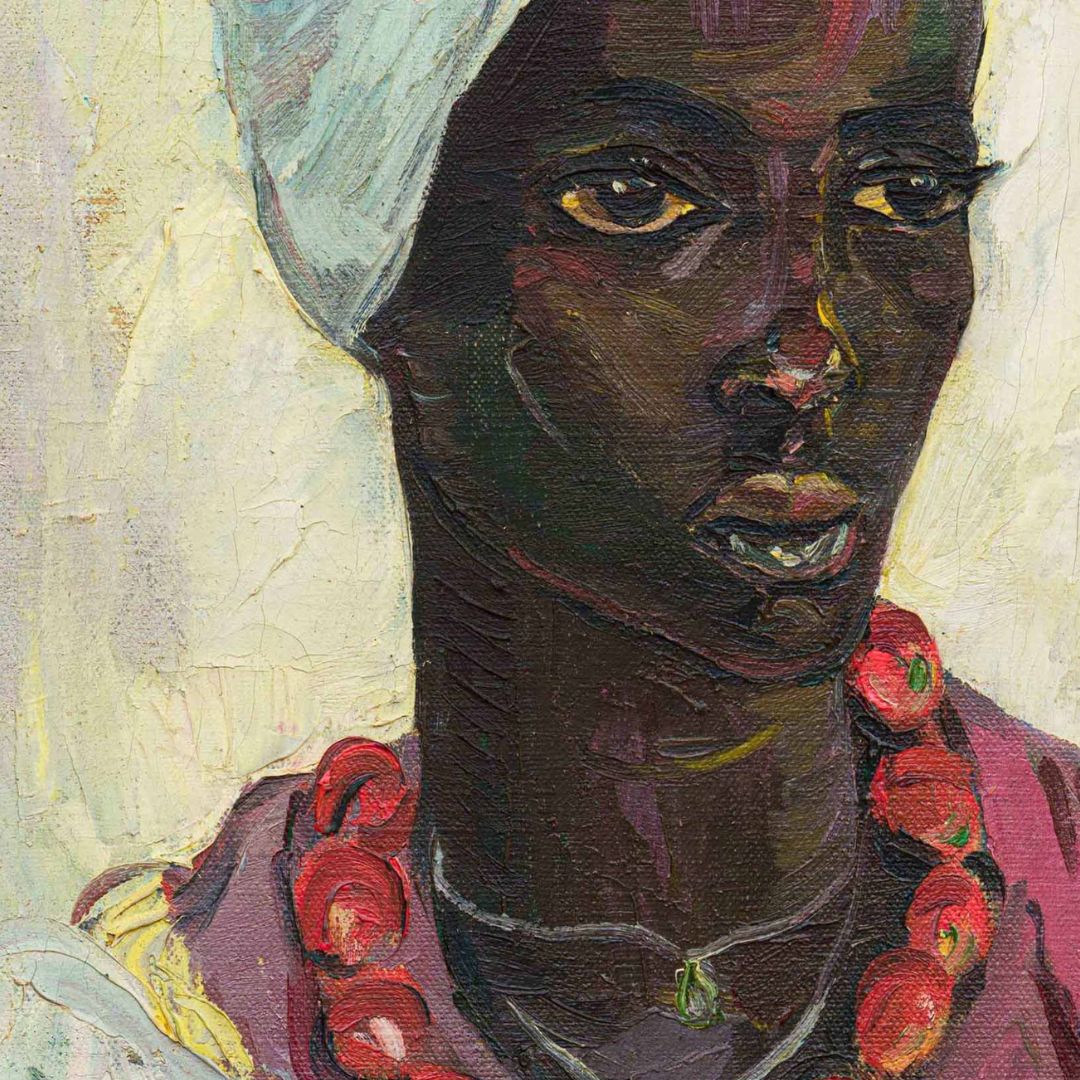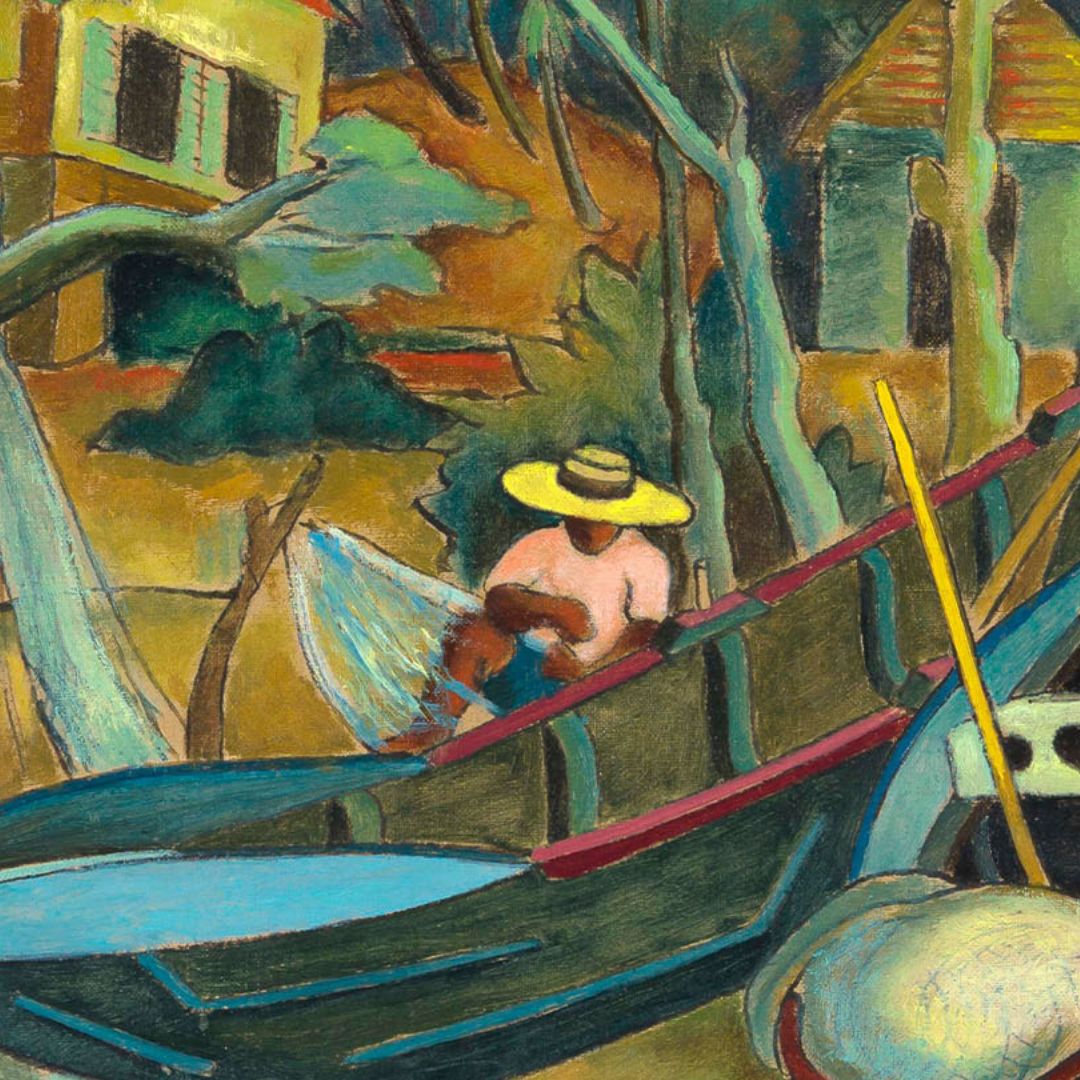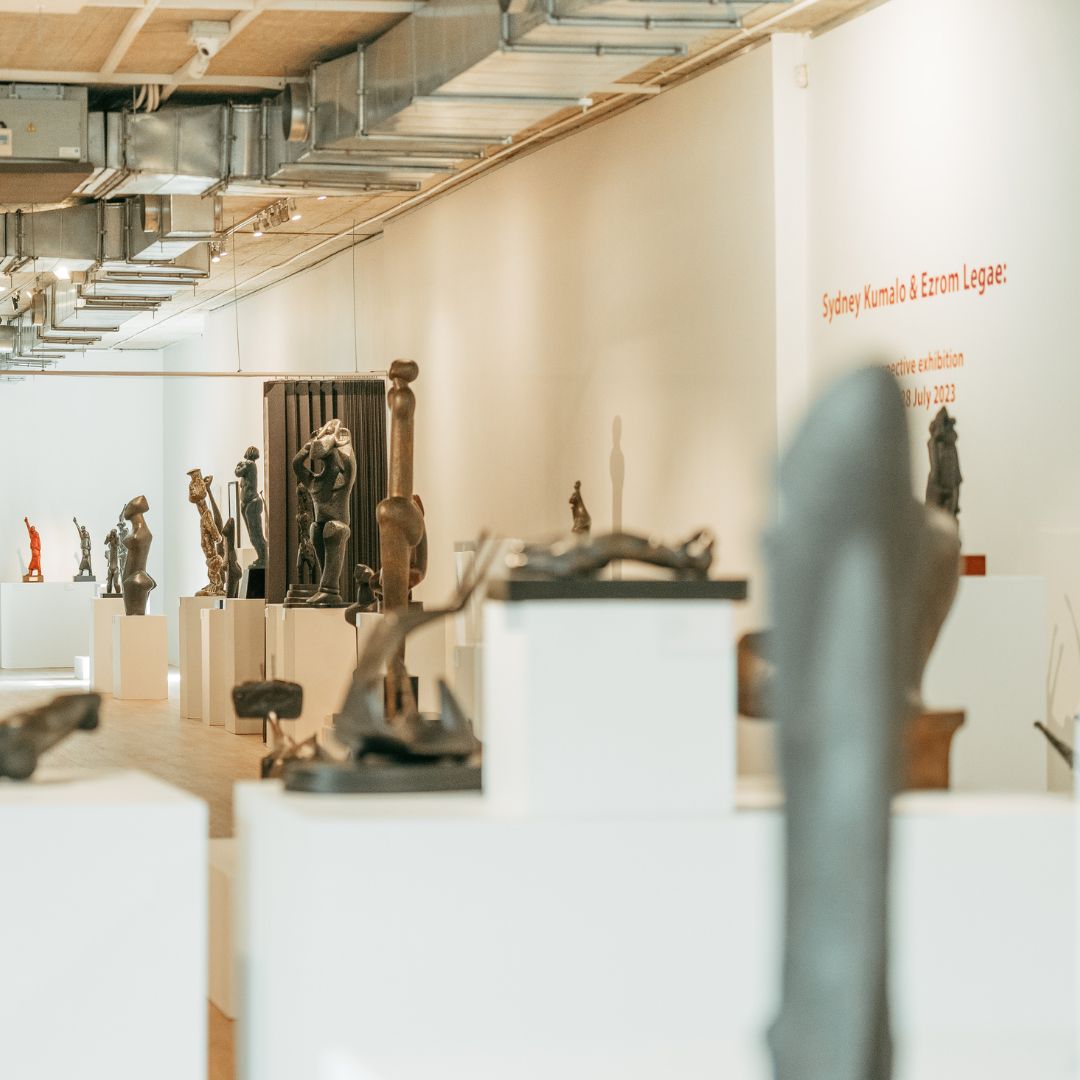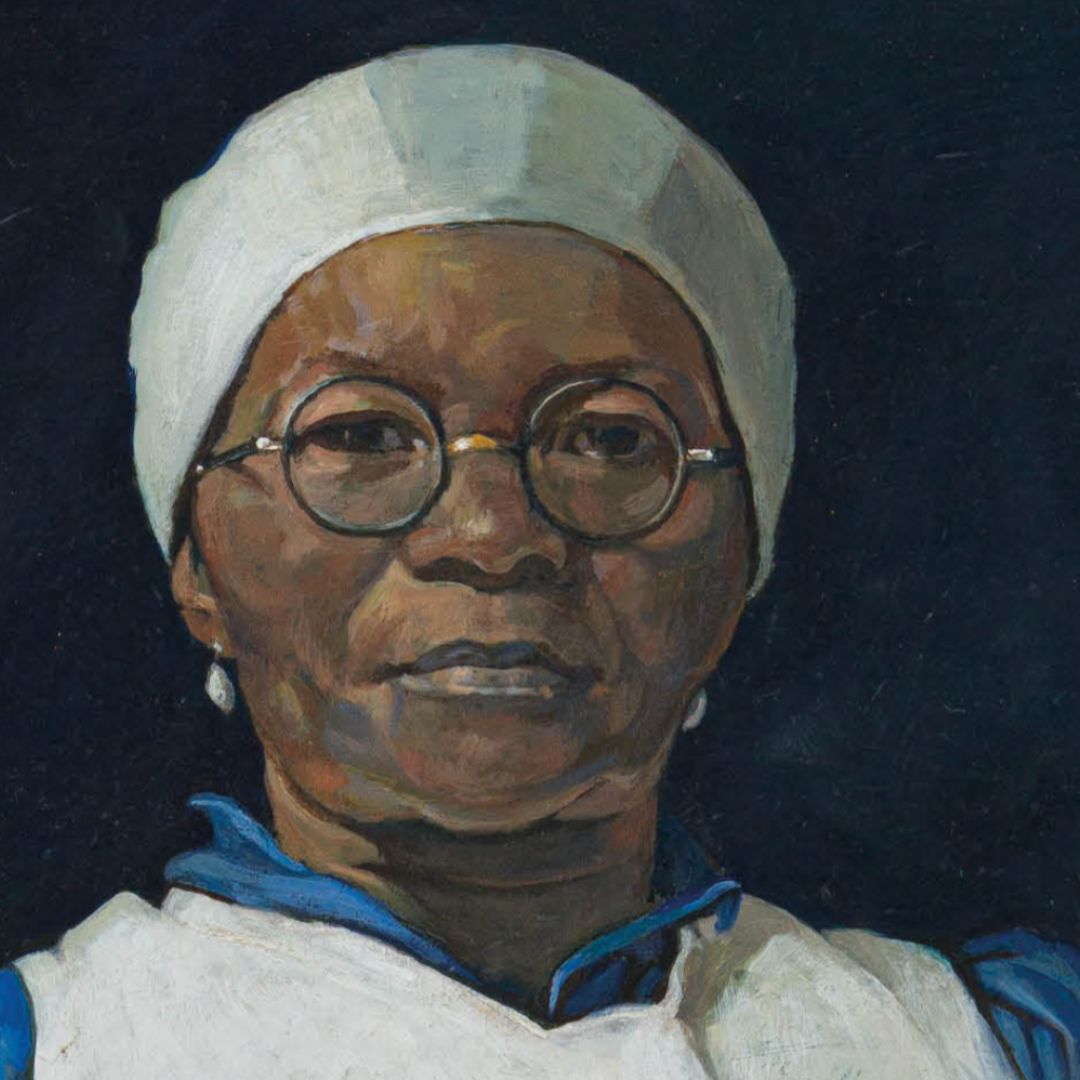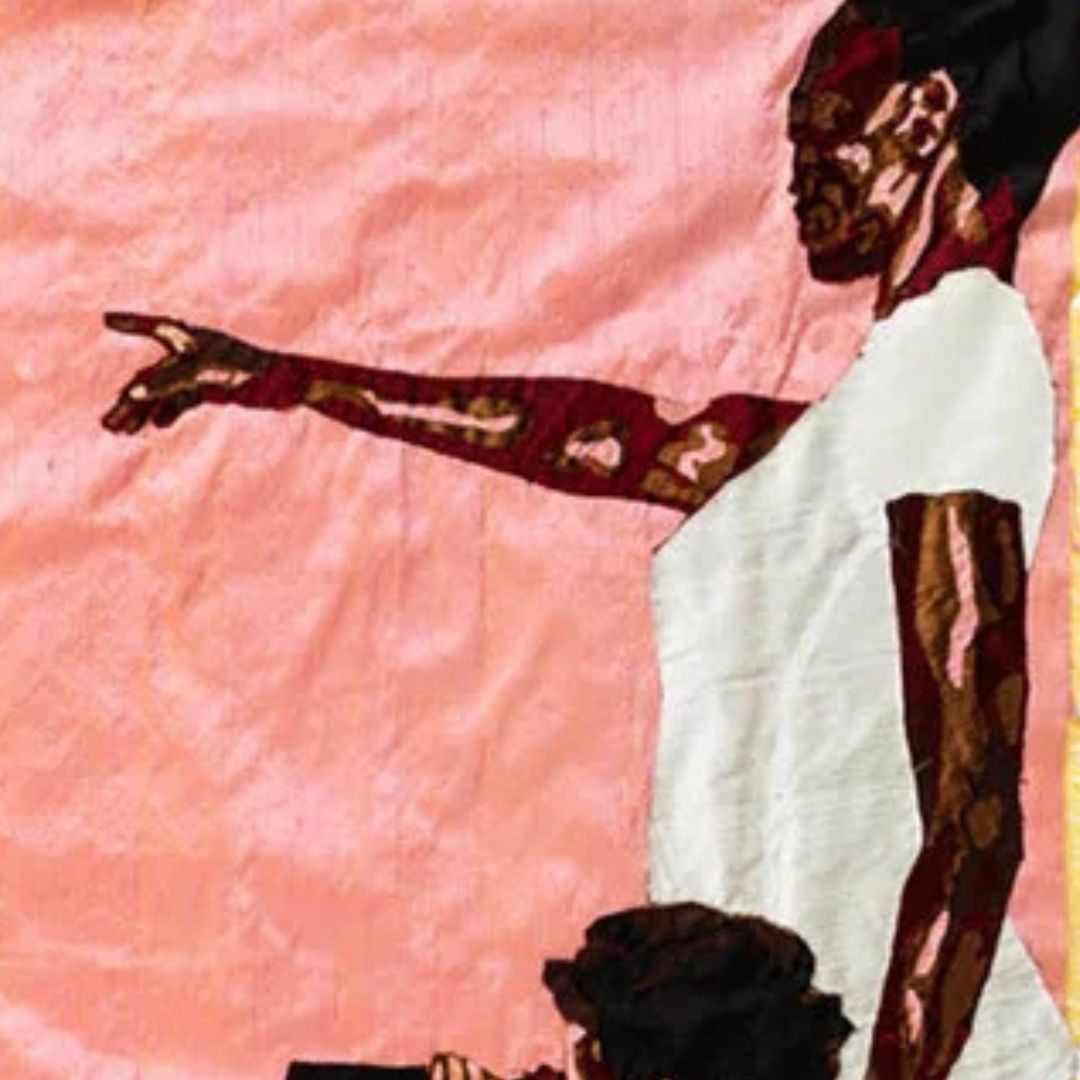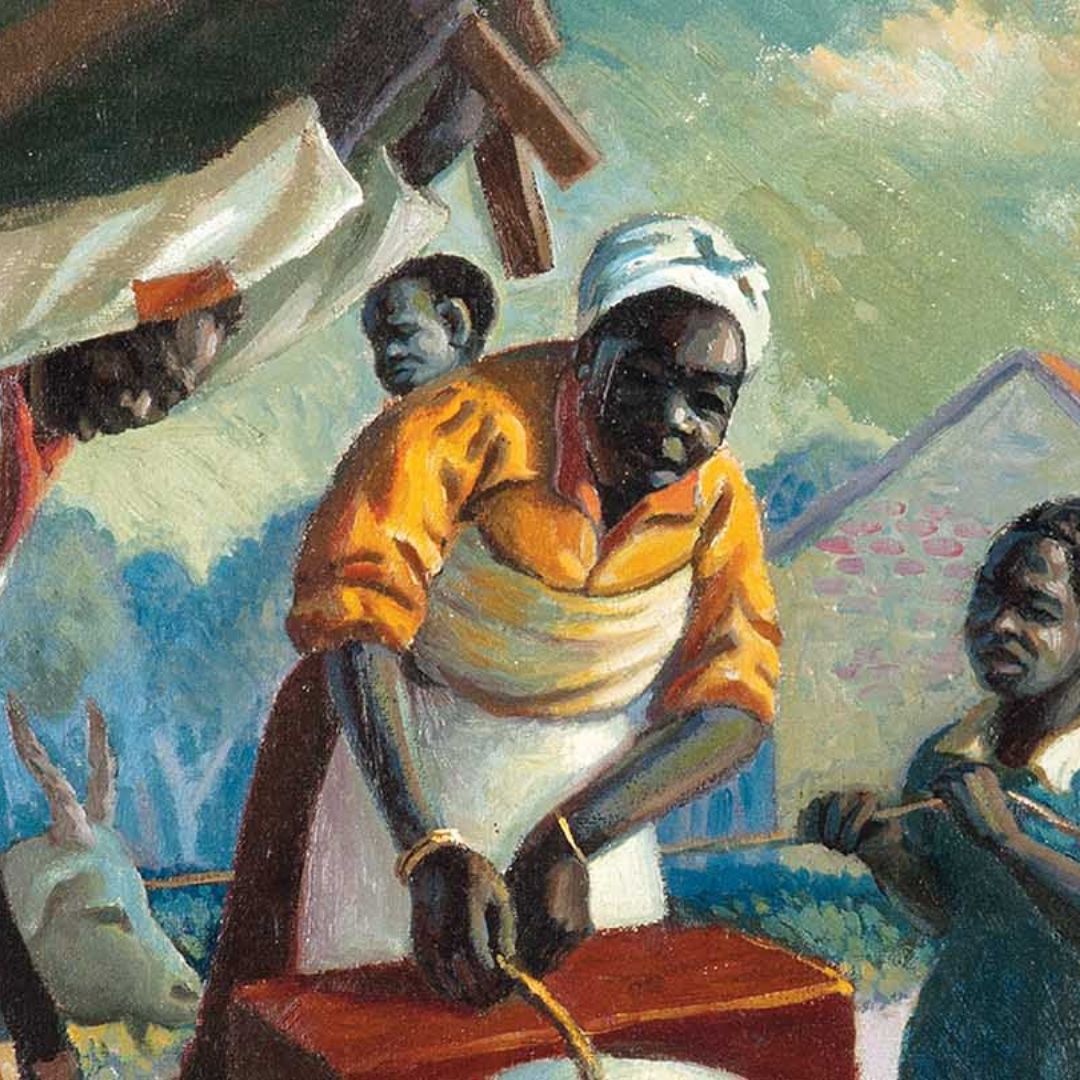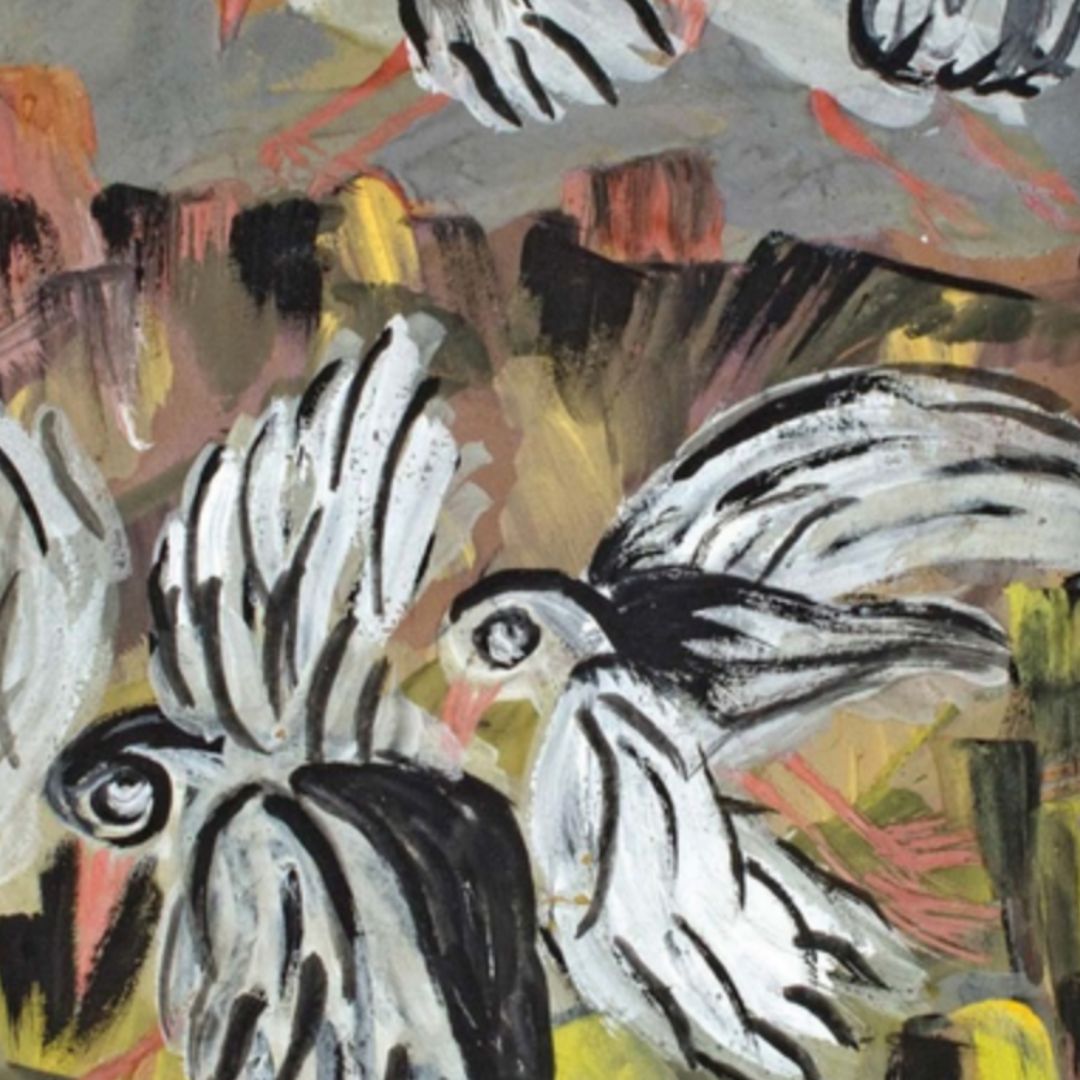Strauss & Co is committed to giving back to the art community and fostering visual literacy. Exhibitions help grow the art market for the featured artists, thereby expanding the art ecosystem.
Current & Upcoming Exhibitions
A two-person exhibition featuring Gerard Sekoto and Lena Hugo in Johannesburg. Curated by Wilhelm van Rensburg, Senior Art Specialist and Head Curator at Strauss & Co, Working Life in South Africa: Gerard Sekoto & Lena Hugo (1 April – 30 May 2025) will explore Sekoto’s depictions of labourers—nannies, washerwomen, brick-makers, coal merchants, miners, barbers, shopkeepers, street photographers, and water drawers—alongside Hugo’s pastel drawings of heavy-machinery operators.
Past Exhibitions
A unique exhibition of the wares from the Kalahari Studio (1948 – 1973). The wares are drawn from the extensive private collection of Tony Fornali. The show also celebrates the publication of the definitive book on the wares produced by the Studio.
Strauss & Co is proud to present, A Reinvented Vocabulary: A Selection of Works from The Kilbourn Collection and The Caro Wiese Collection
A selection of works by artist Karel Nel on exhibition for the launch of the book, Karel Nel: Close and Far by Elizabeth Burroughs, alongside the first viewing of the documentary Ruminations: Karel Nel, a Michael Donnelly film.
Strauss & Co’s London selling exhibition Looking Towards Freedom: Womxn Artists from Africa will focus on the enduring originality, resilience and courage of African women and non-binary artists. It will juxtapose, in this special artist studio space in central London, modernist pioneers like Irma Stern, Ruth Everard-Haden, Maggie Laubser and Gladys Mgudlandlu, with later 20th century innovators Esther Mahlangu, Judith Mason and Penny Siopis.
Pretoria-born artist Alexis Preller studied art in London at the Westminster School of Art and expanded his knowledge of art and art history by reading voraciously and travelling widely in Europe and Africa…He visited Ndebele settlements near Pretoria in the late 1940s and early 1950s, and the ‘Mapogga’ women in their distinctive traditional costume and the colourful geometric wall paintings that decorated the homesteads appear in his work from this time.
A retrospective exhibition set around The Sculptures of Sydney Kumalo and Ezrom Legae, a comprehensive catalogue raisonné and census of the sculptures of the important South African artists/sculptors Sydney Kumalo (1935–1988) and Ezrom Legae (1938–1999).
The life and work of South African Modernist Alfred Thoba (1951 – 2022) was highlighted in the commemorative exhibition at Strauss & Co’s Johannesburg space, running from 5 February to 1 March 2024. Titled True Love, the exhibition was a collaboration between Strauss & Co and Kalashnikovv Gallery, commemorating Thoba’s 50-year career as an artist.
Strauss & Co presented the fourth in a series of ongoing exhibitions in which artists are paired to highlight certain synergies between their life and work. These museum-quality exhibition aim to highlight the work of South African artists Mary Sibande and Dorothy Kay. Curated by Strauss & Co Head Curator and Senior Art Specialist Wilhelm van Rensburg.
Much of contemporary African art can be described as ‘figurative’ in nature, and, as the title suggests, the exhibition will elucidate a very rich figurative tradition among African historical, modern, and contemporary artists whose work has become the essential antecedents of the very powerful figurative exploration so evident in contemporary African art today.
George Pemba and Robert Hodgins took up very different stances towards their society, the main source of inspiration for their art: Pemba, with a very humane attitude towards society, depicted a local, traditional culture and life, and Hodgins, a more satirical stance towards Western society, portraying an urban way of life.
Both Mgudlandlu and Laubser grew up in rural settings, in the Eastern and Western Cape, both experiencing a very religious upbringing. Both artists’ families and wider communities derided their artistic inclinations. Mgudlandlu’s works were considered too naïve, and even escapist, while Laubser’s paintings were deemed too modern, initially, and later, not modern enough.

